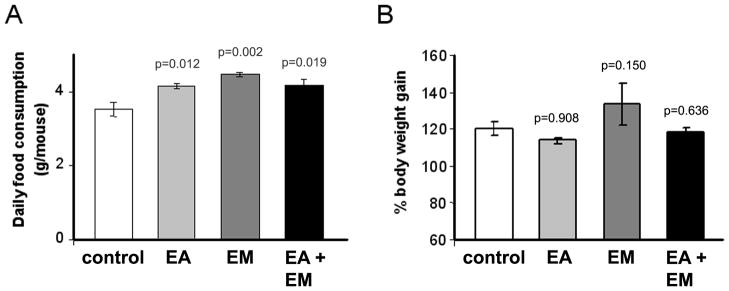Figure 6. Dietary ellagic acid or embelin had minor effects on body weight gain or food consumption in a xenograft mouse model of pancreatic cancer.

Nude male mice were randomly distributed in 4 diet groups: standard diet (control group); standard diet supplemented with ellagic acid (150 mg/kg diet; EA group), embelin (450 mg/kg diet; EM group) or with ellagic acid plus embelin (EA+EM group). After one week on diets, 2×106 HPAF-II cells were injected s.c. into the right flank of the mice. Mice continued on diets for 5 weeks more and then sacrificed. (A) Graph shows average daily food consumption during the 6-week feeding period. Bars represent mean ± SEM of 6 mice per group. (B) Graph shows percentage of body weight gain at the end of the feeding period compared to initial body weight values (mean ± SEM; 4–6 mice per group).). P-values are for one-sided two-sample t-tests comparing with controls. The synergistic effects (defined similar to Fig. 3) were tested. With Bonferroni’s adjustment, p<0.0125 is considered statistically significant. As indicated by the p-values, statistical analysis revealed a significant increase in food consumption in mice on ellagic acid or embelin diets (6A). Not significant changes were found in body weight gain in any of the dietary groups.
